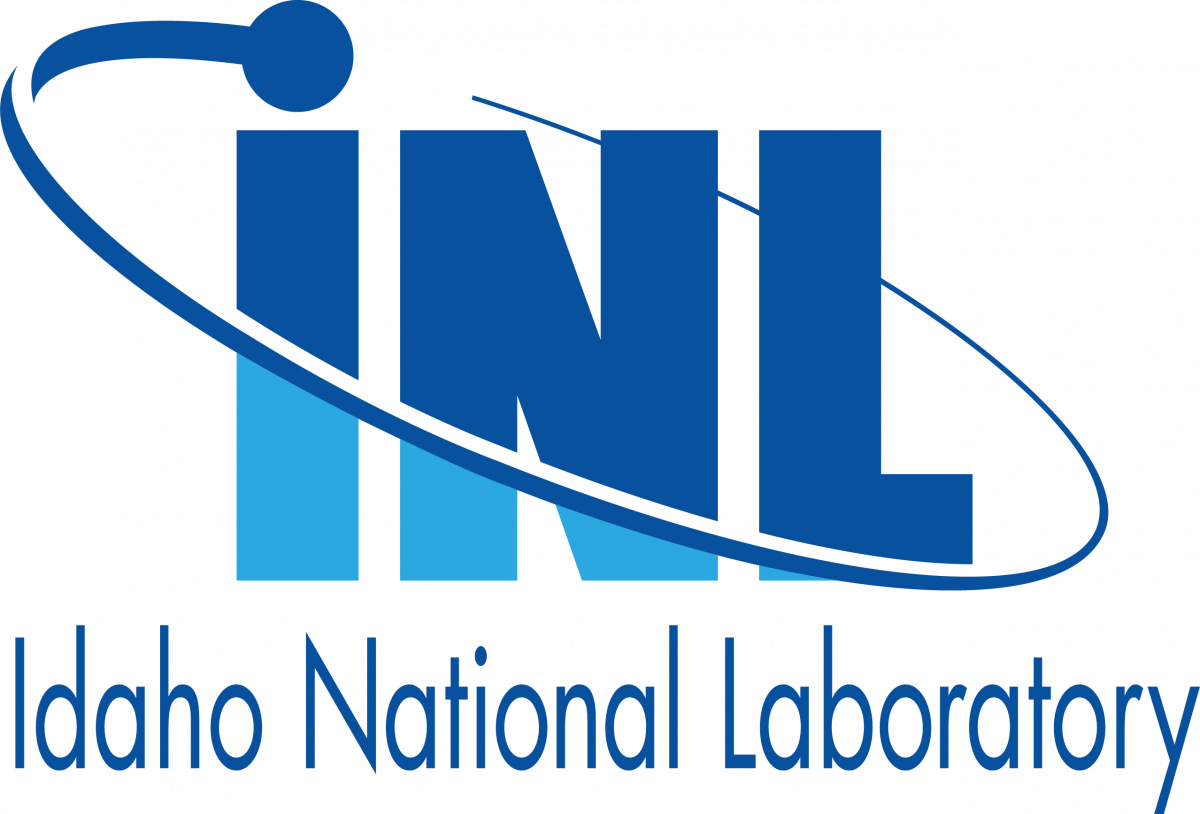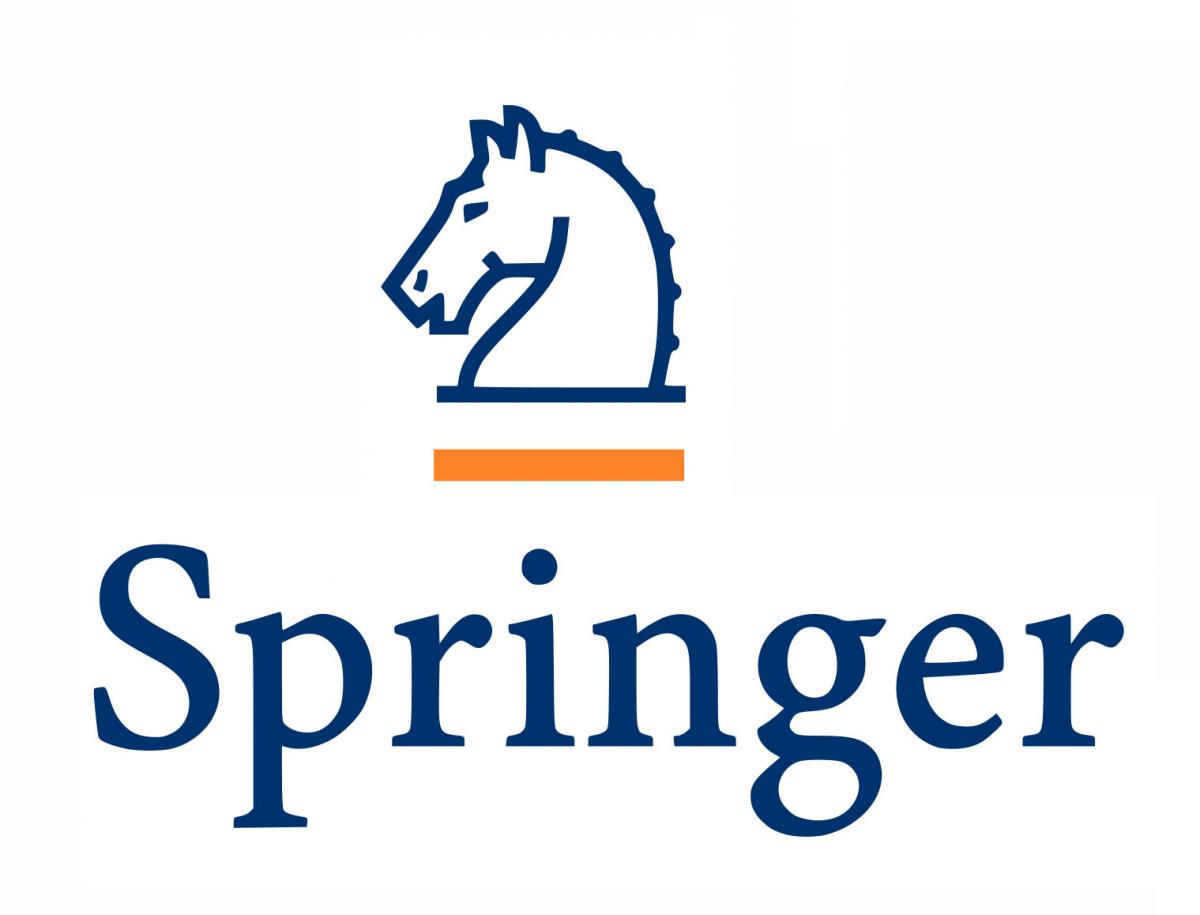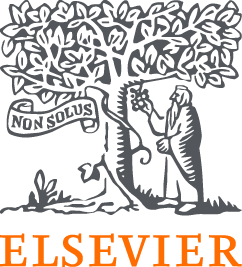Ado Farsi, Imperial College London
Giacomo Capodaglio, Los Alamos National Laboratory
This series of talks will present an overview of the latest developments in mixed discretization methods for the simulation of solids, fluids and coupled problems. We consider a mixed discretization any new numerical method that is obtained by combining existing techniques such as for instance the finite element method (FEM), the discrete element method (DEM), or the material point method (MPM), with the goal of simulating challenging computational physics problems. Numerical methods for the coupling of mixed physics, such as local-nonlocal coupling, are also a good fit for this minisymposium. The invited talks will cover the scientific output from researchers from a variety of applied and multidisciplinary fields and institutions around the world. It will bring together academics and industry specialists who are using and developing themselves new mixed discretization codes, as well as showcase more theoretical work in the field. Special emphasis will be placed on the best practices to achieve efficient implementations of mixed discretization methods on high-performance computing architectures, such as GPUs and multicore CPUs, to guarantee their scalability an practical deployment on large scale and grand challenge applications. Research areas that will be discussed during the minisymposium include (but are not limited to):
- Coupling methods and applications for multi-physics (e.g. fluid and thermal) structural problems;
- Chemical and pharmaceutical applications (powder compaction, tableting, reactors, etc.);
- Fluid-structure interaction applications (biophysical flows, aerodynamics);
- Geophysical flows (sea ice dynamics and evolution);
- Nonlocal and fractional problems (subsurface transport and subsurface flow, material fracture);
- Civil and mechanical applications (track ballast, tunnelling, mechanical components, etc.);
- Rock mechanics, petroleum and mining applications (underground excavations, hydraulic fracturing, CO2 sequestration, etc.).











